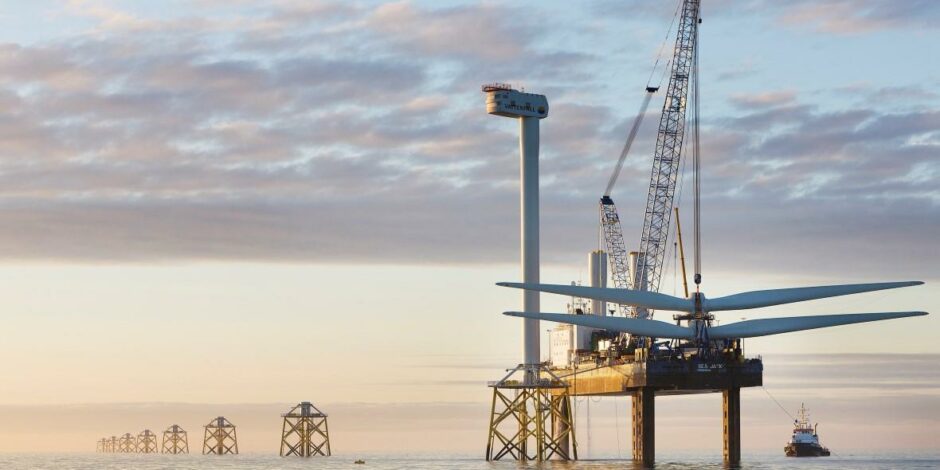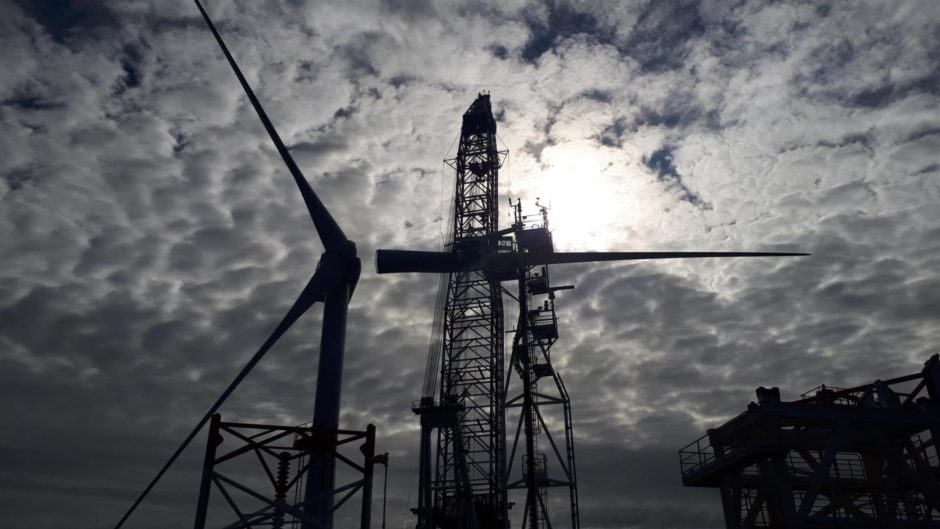
Offshore wind developers have been told they need to slash the amount of time it takes to build projects.
Mark Baxter, head of development UK at Ocean Winds, says current timelines for getting developments up and running are now “unacceptable” as the pace of transition increases.
A 50-50 joint venture between EDPR of Spain and ENGIE of France, Ocean Winds is behind the Moray East offshore wind farm off the north-east coast.
It is currently Scotland’s largest but will soon lose its title to the Seagreen project.
From start to finish Moray East took around 12 years, a typical time for a development of its size, and was recently commissioned.
But amid concerns about soaring energy prices, security of supply and climate change, developers are now under pressure to deliver wind farms far more quickly.
Addressing Scottish Renewables’ Offshore Wind Conference in Glasgow, Mr Baxter said: “As the majority holder of Moray East, we are very experienced in the challenges of developing, building and operating offshore wind projects in Scotland.
“Round three (the leasing process the project was a part of) was 12 years ago, and Moray East has just become operational. That timetable is now unacceptable.
“Moray East was a landmark project, cutting the cost of energy by two thirds, taking turbines into deeper water and it was the fastest consented project in round three. We have driven down the cost, and now we need to optimise the processes.”
Edinburgh-headquartered Ocean Winds is also progressing plans Moray West, and was one of the winners in the ScotWind leasing round.
Named the Caledonia Offshore Wind Farm, the project will be located in the Moray Firth, near to the company’s other Scottish developments.
Many are banking on offshore wind, and renewables more generally, to be the silver bullet that solves Europe’s energy woes.
It is hoped green power will help to ease spiralling energy bills and to pick up the slack as countries try to wean themselves of Russian oil and gas following the invasion of Ukraine.
But if the sector is to live up to the expectations placed upon it, developers can’t spend a decade getting turbines in the ground.
Mr Baxter said: “We need to deliver more low carbon generation to deliver low cost energy. We also need to deliver more capacity to address the issues around security of supply. It is in the public interest to do this.”
Recommended for you


 © Supplied by Ocean Winds
© Supplied by Ocean Winds